As a page administrator for the CSE, I am made privy to some stats about the page, in particular, who is visiting.
So… who is visiting the CSE’s page?
Of the 459 people “liking” us, 74% are female-identified, and 21% are male-identified. Of those female-identified individuals, the majority are between the ages of 25 and 44 (46% of the total).
And, while the majority of those interested come from the United States (405), there are people from Puerto Rico, Canada, Mexico, the United
Kingdom, Sweden, Australia, Italy, Hungary, Venezuela, Singapore, Finland, Trinidad & Tobago, Morocco, Bulgaria, Bangladesh, Denmark, Belgium, South Korea, and Iraq that like this page.
But the most interesting and inspiring thing… those “talking about this page”… majority are young female-identified individuals ages 13-24, a massive priority population (at least in terms of age).
What are we doing right? What are we doing wrong? Evaluation is a huge part of education and development… so why aren’t we reaching a similar proportion of the male-identified population? Why aren’t their more male-identified educators?
What do you do that you’ve noticed works particularly well addressing young male-identified populations? Are we providing an open and welcoming environment?
In the near future, we will be engaging in an online twitter-feed discussion using the hashtag #SexEd to discuss this, among many other things.
We’d love to hear your thoughts!

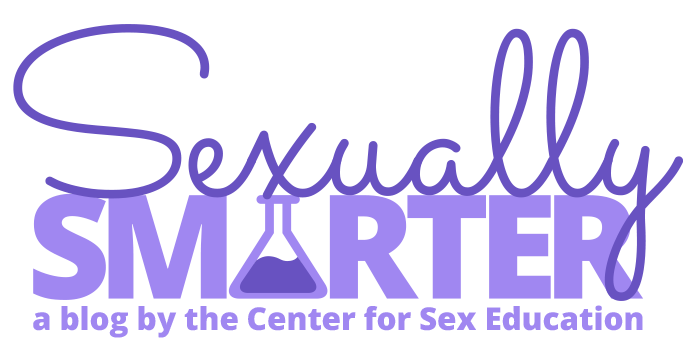
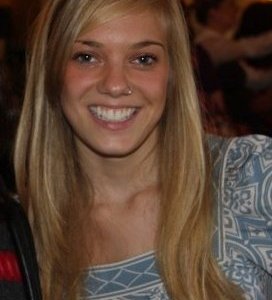
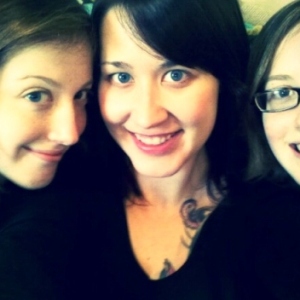
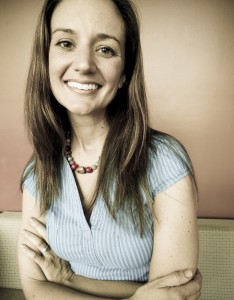
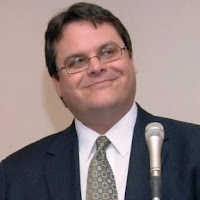
As a person who is focused on the growth of HPV related oral cancer, I am concerned with the problem of reaching not only male teens but men in their 20’s through their 40’s. My sense is most sex educators are women and your web stats show that most consumers of sex education are women too.
There are other populations that are off the sex ed grid right now. People who live in rural America, and lower socio-economic areas who do not have easy and private access to the web (many sex-ed web sites might fall afoul of school and community library filters, and individuals without a college education. In many ways these communities face challenges to get knowledge about STI’s, and safe sex and access to birth control that urban and college educated Americans don’t.
You make very valid points. My quick answer is that we need to work better with public health deparments in those geographically & socioeconomically isolated areas. However, that comes down to a matter of funding, and opens up into a much larger discussion that I’m not qualified to have. Aside from working with public health officials, we also have a stigma around sexual health and sexuality education that poses a barrier. Change that, change access. Another solution is web-based access. When you spoke of filters in community libraries, that shouldn’t happen. In the “perfect” world, said libraries are entities of the State, and therefore cannot ban anything. And knowing a few librarians, they get an awful lot of pornography on their computers, but they can’t block that information, only limit access of the customer.
There are many different things to think about, and that’s one of the things I love about this work, it never ends.